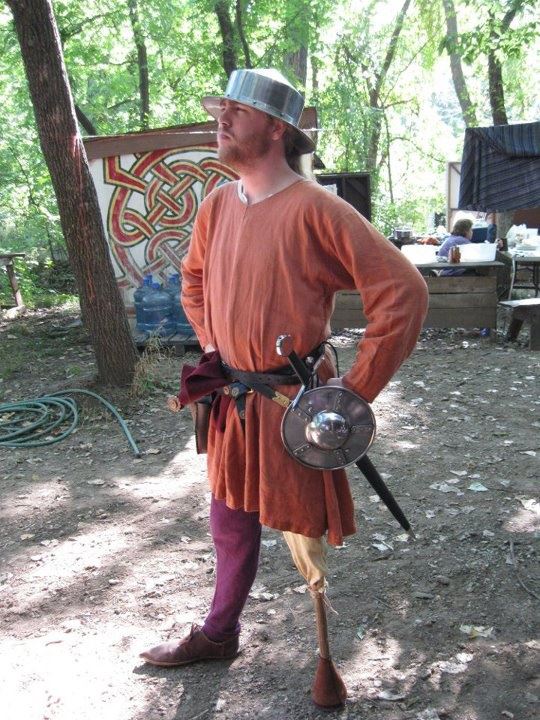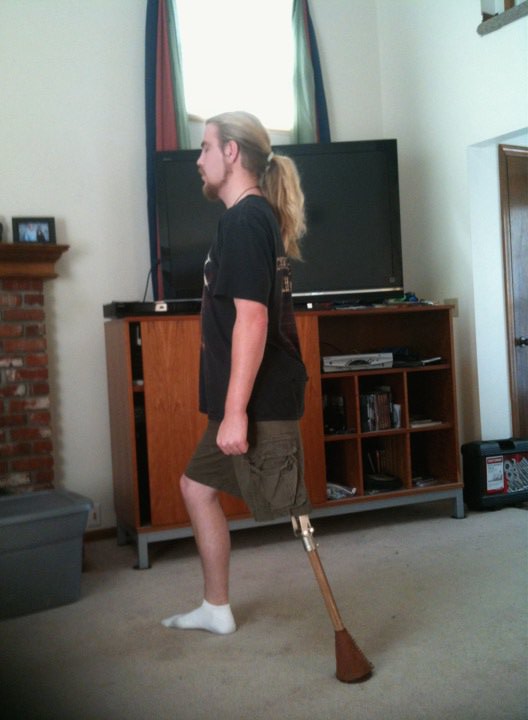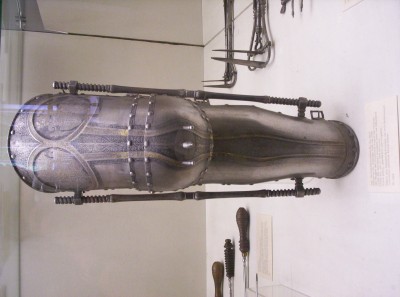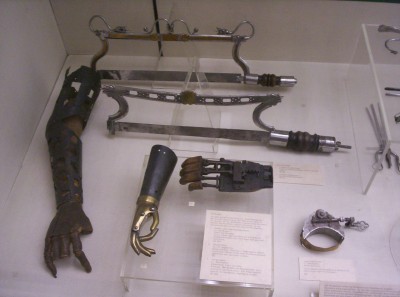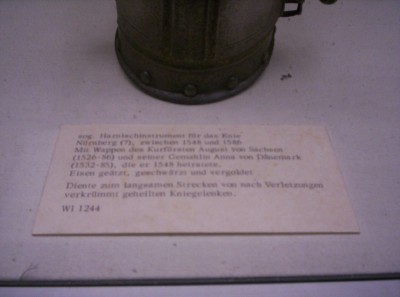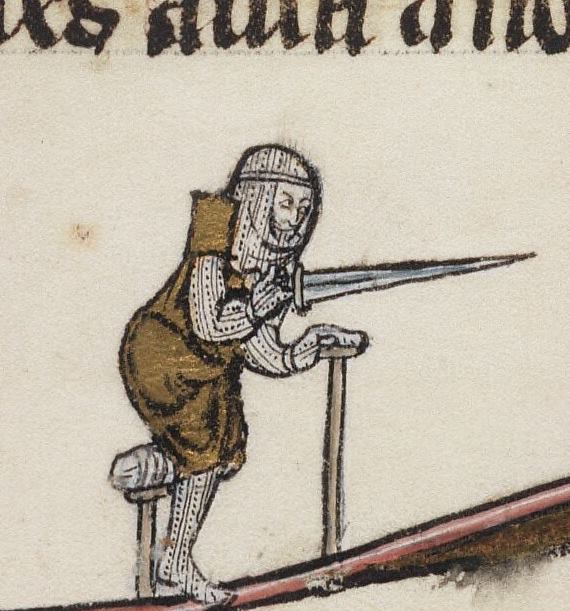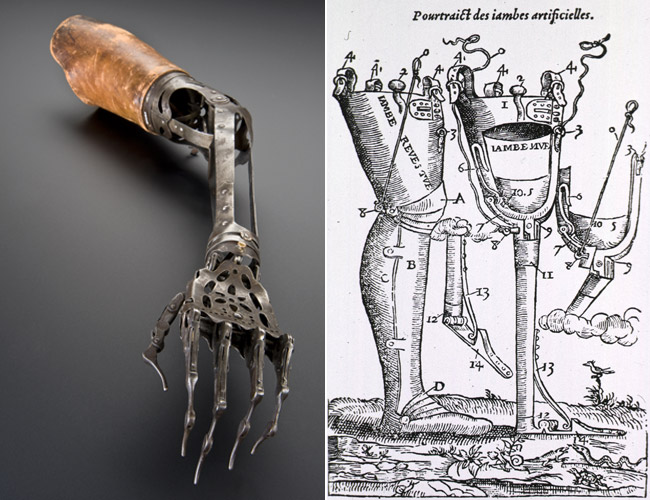Posts: 28 Location: Germany
Fri 29 Jun, 2012 6:28 pm
Hope this thread isn't too old to answer. If yes a moderator can delete it :cool:
In the mid ages (Europe) a leg amputee above the knee wouldn't have survived such an amputation. The reason: The wound was closed by a technique which is called Cauterization. Only amputees below a knee had a chance to survive such a ordeal (if they had luck). Here is a picture how such a ordeal was performed:
http://www.gutefrage.net/media/fragen-antwort.../0_big.jpg
This was changed as a french doctor begun to close such wounds like today (sew together veins, flesh and something like that).
But, if I remember it right, there exists reports of crusaders that the arabic doctors where able to close such wounds without cauterization.
The common substitute for leg amputees looked like such one:
http://www.itg-oberfranken.de/gensler/www.-Mi...thesen.htm . Such things where common in Germany till the Second World War (see more: Zille, a german painter from Berlin).
If you will reconstruct an ancient pegleg, better would be a crutch, I would suggest to front your prosthesis complete with a bigger part of wood without the foot device. This means comparable with the wooden legs which are long used and known by several movies.
Perhaps it's also usefull to search for "Sternstunden der Medizin" (a german TV-Documentation) where one episode described ancient prosthesis, amputation techniques, amputees and the history around this theme.
